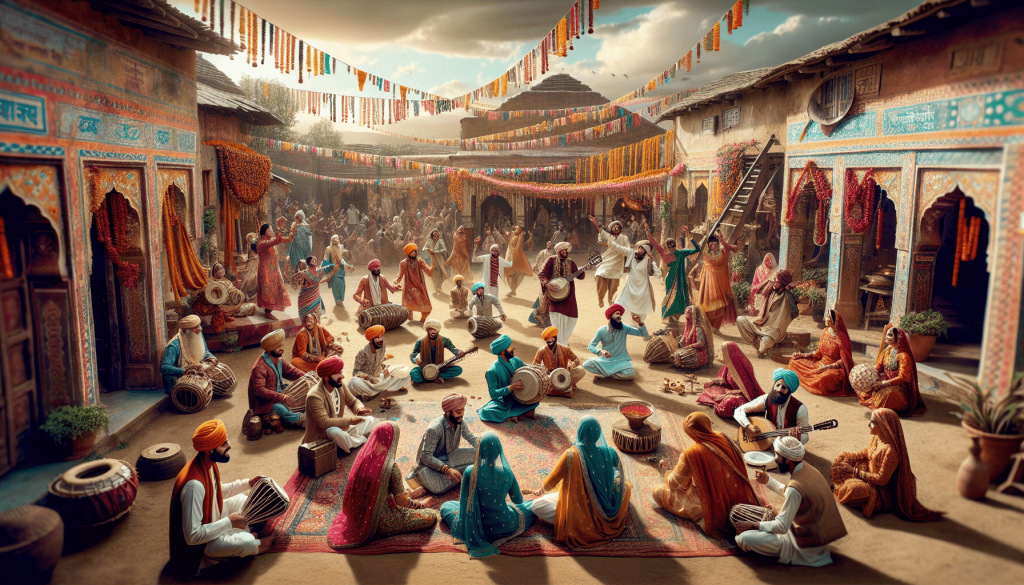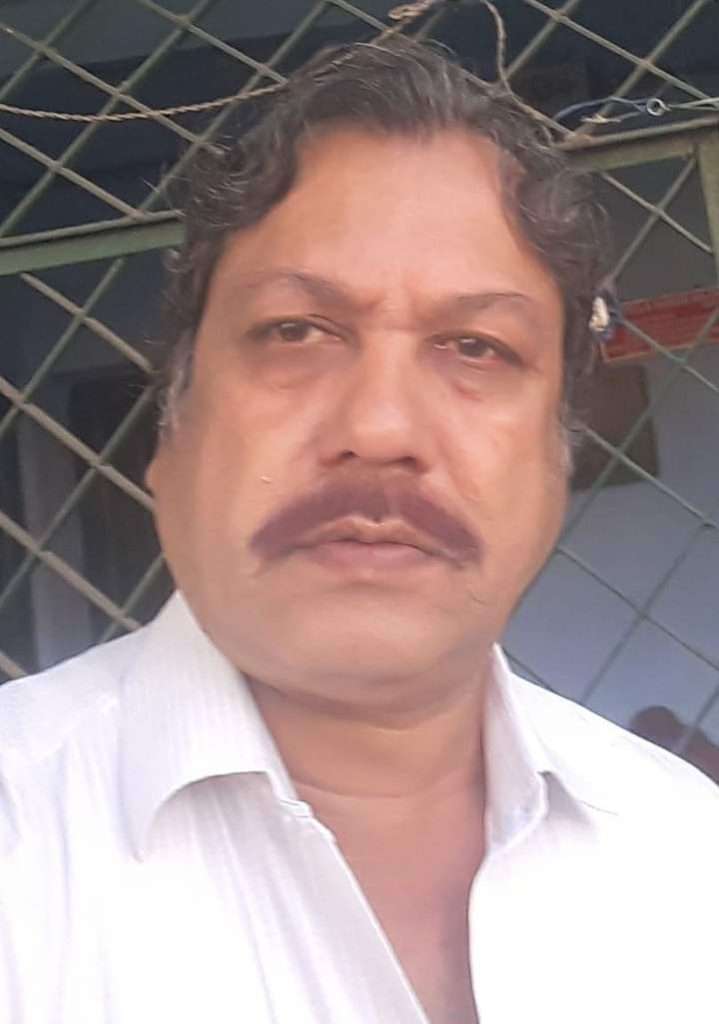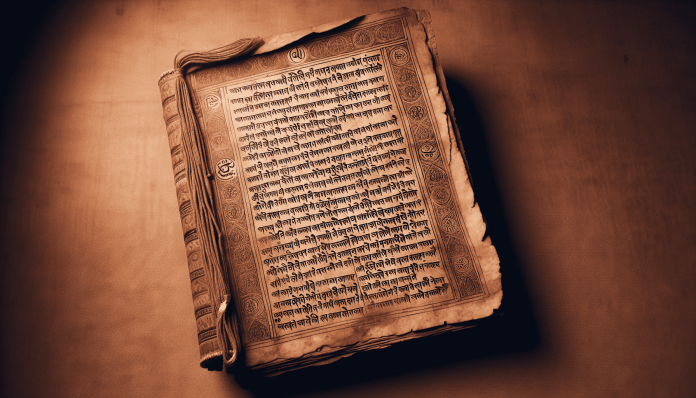Ours is a country of strong religious beliefs where people take recourse to religion as a way of life while being guided by it. While following a religion, they get inspired by the holy books without which the course of Indian culture and tradition can hardly be thought of. There are the Vedas, the Puranas, the Upanishads, the Ramayana, the Mahabharata, the Bhagvat Geeta, and many others. All these books are considered to be holy, and people often look up to them for guidance and even moral strength. What to speak of the books, even when these get transmuted into cinema and TV serials, people get overwhelmed about it. We all know how people gave a thundering response to the serials Ramayana and the Mahabharata when these were screened on television. Mythological movies have also left indelible impressions on the minds of the people. Despite all this, people’s interest in the holy books has never waned. When I was a child, I used to accompany my grandmother to the temple, and I was really surprised to see the rush of people to listen to the recitations from the Ramayana and the Bhagvat Puran. Even though the illiterate people could not understand what was being recited, there was interest in them, and they even shed tears whenever there were sad occasions. Recitations from the Bhagvat Puran overwhelmed them with Bhakti or devotion.
The Bhagvat Puran is also called Srimad Bhagavatam, Srimad Bhagvat Mahapuran, and simply Bhagvat. It is one of the eighteen Mahapuranas of Hinduism. It has been penned by Maharshi Vedavyas in Sanskrit. The holy book propounds devotion for Lord Krishna. It combines the elements of Adwaitabad, Vishishtadwaitabad, and Dwaitabad as propounded by Adishankaracharya, Ramanujacharya, and Madhavacharya respectively. The holy book is too popular to have been translated into almost all the Indian languages.
The Bhagvat Puran covers a wide range of topics. It speaks about cosmology, astronomy, genealogy, geography, legend, music, dance, yoga, and culture in its twelve Cantos or Skandas. It is the main book of the Vaishnava cult of Hinduism. It propounds that Bhakti or devotion confers self-knowledge, Moksha or salvation, and Paramananda or complete satisfaction in the long run. It further makes it clear that the inner self and outer form of Lord Krishna are identical to the Vedas and that this only protects the world from evil or negative forces. This Mahapuran is called the literary form of Lord Krishna.
The holy book contains twelve Skandas, 335 chapters, and 18000 verses. The tenth Skanda, comprising 4000 verses, is the most popular and widely read. It is the first-ever Puran to have been translated into a European language. In the year 1788, the French translation of its Tamil version was published. As a result, the Europeans became familiar with Hinduism and the Hindu culture of the eighteenth century.
The meaning of Bhagvat is follower or worshipper of Lord Vishnu. Lord Krishna is the eighth incarnation or Avatar of Lord Vishnu. In this holy book, Lord Krishna has been called Bhagwan or God. Verse 28, third chapter, first Canto says, “Krishna tu Bhagwan swayam”. Purana means old or ancient. It is said that the Puranas complete the Vedas. The Bhagvat Puran is also called the Maha or Mahan Puran. The meaning of Srimad is holy and bright. Goddess Luxmi is also called Sri. Mad, also written as Mat, means Dharma.
The Bhagvat Puran is said to have been written during the period 500 to 1000 AD. But the period 800 to 1000 AD has been more acceptable to scholars. Since it has references to the Vedas, Upanishads, Brahmasutra, and the Bhagvat Geeta, its date of writing is ascribed to a later period. All its 18000 verses have been bound in a single chain that gives priority to Bhakti Yoga. It also contains all the five characteristics of the Puranas. The characteristics are:
- Creation of the Universe
- Its genealogy and dissolution
- Dynasties
- ‘Manvantaras’ (cyclic periods of Manu)
- Dynastic chronicles

All the twelve Cantos or Skandas of the Bhagvat Puran contain all-time and important topics. We can take the third Skanda or Canto as an example. It consists of 33 chapters. There is a Shukadev Goswami and Parikshit Sambad or Dialogue in it. Bidura is the main character who meets Uddhaba and Maitreya, the other two Krishna devotees. Some of the important topics that it covers are:
- Vaikuntha of Lord Krishna
- The Virat form of Lord Vishnu
- The birth of Lord Brahma from Lord Vishnu
- Curse to JayVijay
- Varah Avatar of Lord Vishnu
- Kapila Avatar, Shankhya philosophy, and Bhakti Yoga
- Matter, Division of creation, and calculation of Time
The Bhagvat Puran is the main book on Bhakti or devotion. It contains the theistic Shankhya philosophy of Kapila Muni. The return of the individual soul to the Absolute as propounded in Adwaitabad is another main element of the Puran. Dharma, implying Bhakti Marga; Yoga, implying Bhakti Yoga; Maya or illusion being divine; and sorrows coming out of Karma or action are dealt with in this Skanda or Canto.
In the fifth Skanda or Canto, Rishava, the first Jaina Tirthankar, and Shakyamuni Buddhadev have been depicted as the incarnations or Avatars of Lord Vishnu. It further says that Yoga is but a manifestation of Bhakti.
The Bhagvat Puran has been translated into Indian and foreign languages. In India, it has been translated into almost all the languages. There have been forty translations in Bengali alone. The Odia Bhagavata was composed by Atibadi Jagannath Das in the fifteenth century. Jagannath Das (1490-1550AD), one of the ‘Panchasakhas’ in the history of Odia literature, composed the Odia Bhagavata Purana or Bhagavata which standardized the Odia language. The work reached the peak of its popularity and got worshipped in every Odia home. It led to the formation of a ‘Bhagavat Tungi’ in every village where people gathered to listen to it. The Odia Bhagavata comprises 12 Skandas, each Skanda having 10 to 30 chapters, and each chapter having 50 to 300 stanzas. Its English translation has been named ‘Readings from Bhagavata’.
Recently I came across one gentleman, Sri Krupasindhu Panda, who is on a mission to translate all twelve Skandas or Cantos of the original Bhagvat Puran in Sanskrit by Maharshi Vyasadev into the local language. So far, he has completed three Skandas and is bent on completing the remaining nine Skandas by the year 2025. It is really a great, Himalayan, and at the same time, appreciable effort as the local language is spoken and understood in eight to ten districts of western Odisha. May his dream of taking the holy Bhagvat Puran to the masses for better understanding and grasping of its ‘Tatwa’ come true. This also gives him the opportunity to utilize more and more colloquial words, hitherto unused though in circulation in rural areas. The translated version, ‘Amar Srimat Bhagvat’, can be listened to and understood by even the illiterate people.
(The views expressed are the writer’s own)

Mr. Prafulla Kumar Majhi,
Retired Asst. Director, A. I. R, is an eminent Scholar and freelance writer in English & Odia. His areas of interests are sociocultural, economic, literary, historical and analytical studies and writings.

